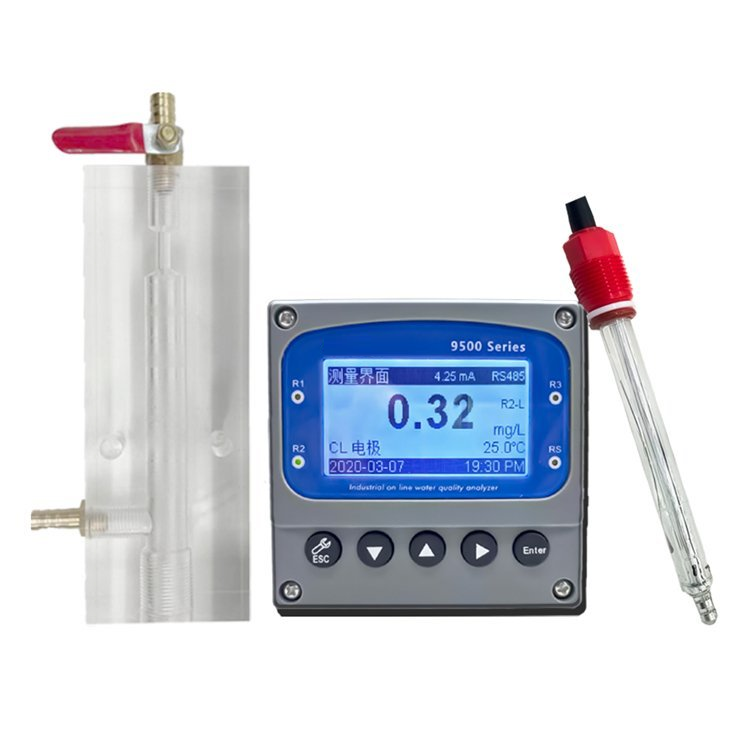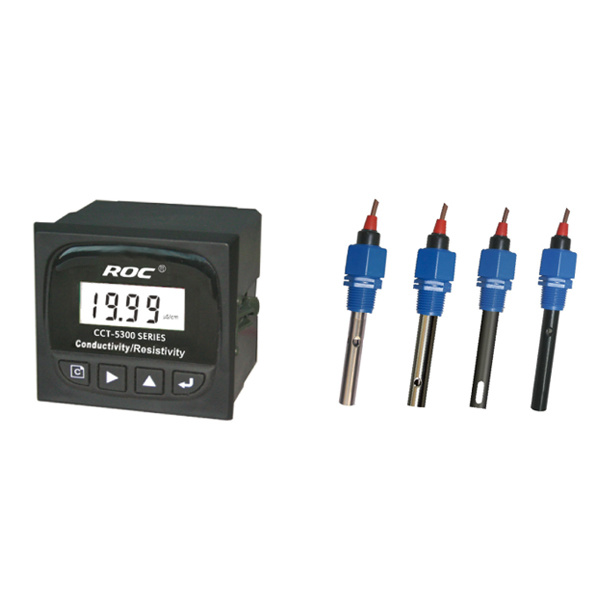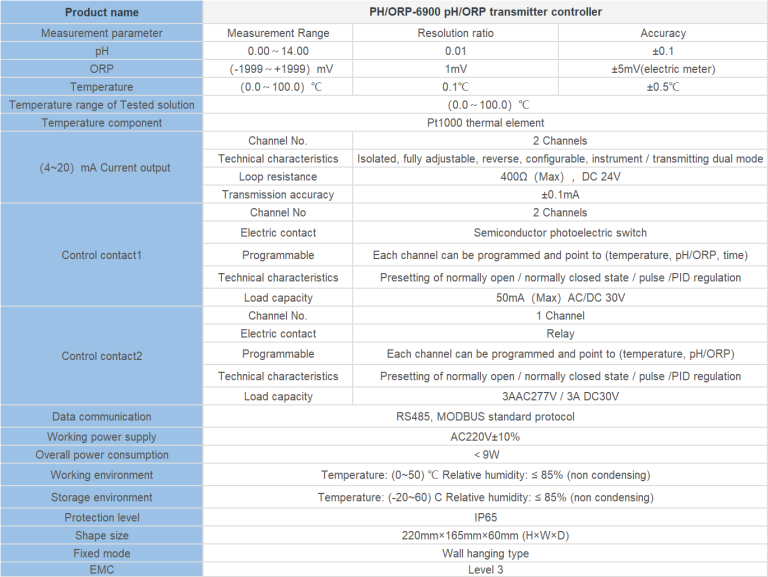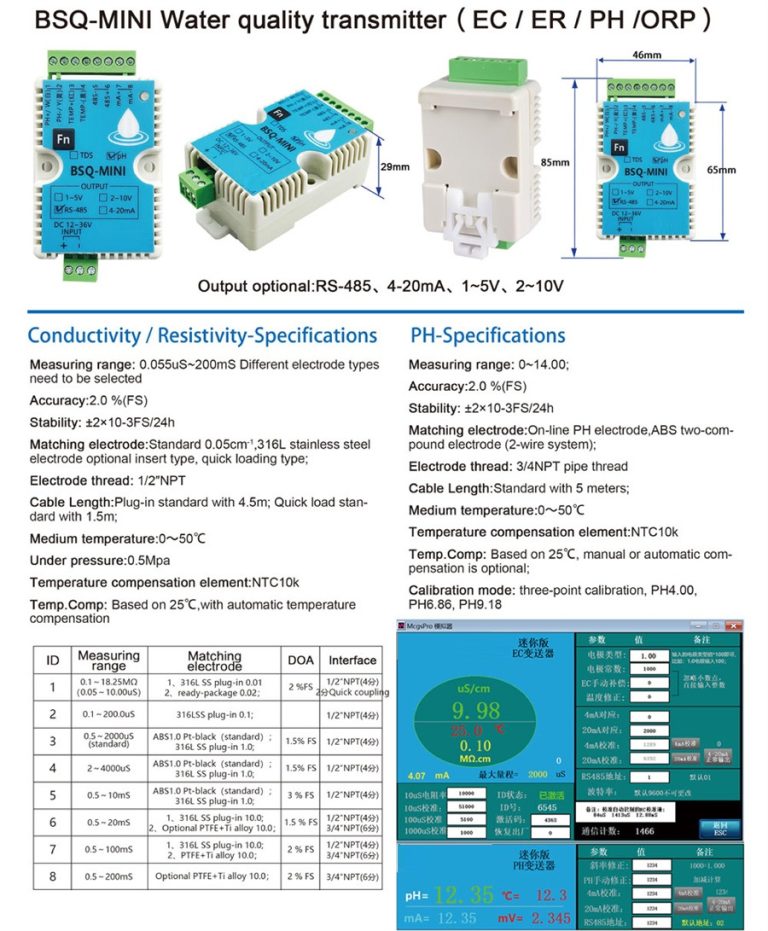Importance of Water Quality Monitoring Stations
Water quality monitoring stations play a crucial role in ensuring the safety and health of our water resources. These stations are strategically placed in various bodies of water, such as rivers, lakes, and oceans, to continuously monitor and assess the quality of the water. The data collected from these stations is used to identify potential contaminants, track changes in water quality over time, and inform decision-making processes related to water management and conservation.
One of the primary reasons why water quality monitoring stations are so important is their ability to detect and prevent water pollution. By regularly monitoring key indicators such as pH levels, dissolved oxygen, turbidity, and nutrient concentrations, these stations can quickly identify any spikes or abnormalities that may indicate the presence of pollutants in the water. This early detection is crucial in preventing further contamination and protecting the health of aquatic ecosystems and the communities that rely on these water sources for drinking, recreation, and agriculture.
In addition to detecting pollution, water quality monitoring stations also play a key role in tracking long-term trends in water quality. By collecting data over extended periods of time, scientists and policymakers can identify patterns and changes in water quality that may be linked to human activities, climate change, or other environmental factors. This information is essential for developing effective water management strategies, setting pollution control targets, and assessing the effectiveness of conservation efforts aimed at improving water quality.

Furthermore, water quality monitoring stations provide valuable data for assessing the overall health of aquatic ecosystems. By measuring parameters such as biodiversity, algae levels, and fish populations, these stations can help scientists and conservationists understand how changes in water quality are impacting the health and resilience of aquatic habitats. This information is critical for identifying areas that may be at risk of degradation and implementing targeted conservation measures to protect vulnerable species and ecosystems.
Another important function of water quality monitoring stations is their role in ensuring compliance with environmental regulations and standards. Many countries have established water quality guidelines and regulations to protect human health and the environment from the harmful effects of pollution. By regularly monitoring water quality and reporting data to regulatory agencies, these stations help ensure that water bodies meet these standards and that appropriate actions are taken to address any violations or exceedances.
| Model | NTU-1800 Online Turbidity Tester |
| Range | 0-10/100/4000NTU or as required |
| Display | LCD |
| Unit | NTU |
| DPI | 0.01 |
| Accuracy | \u00b15% FS |
| Repeatability | \u00b11% |
| Power | \u22643W |
| Power Supply | AC 85V-265V\u00b110% 50/60Hz or |
| DC 9~36V/0.5A | |
| Working Environment | Ambient temperature:0\uff5e50\u2103; |
| Relative humidity\u226485% | |
| Dimensions | 160*80*135mm(Hanging) or 96*96mm(Embeded) |
| Communication | 4~20mA and RS-485 communication (Modbus RTU) |
| Switched output | Three-way relay,capacity 250VAC/5A |
Overall, water quality monitoring stations are essential tools for safeguarding our water resources and protecting the health of both humans and the environment. By continuously monitoring key indicators, tracking long-term trends, assessing ecosystem health, and ensuring regulatory compliance, these stations play a critical role in identifying and addressing water pollution, preserving aquatic habitats, and promoting sustainable water management practices. As we continue to face growing challenges related to water quality and availability, the importance of these monitoring stations will only continue to grow in importance.







